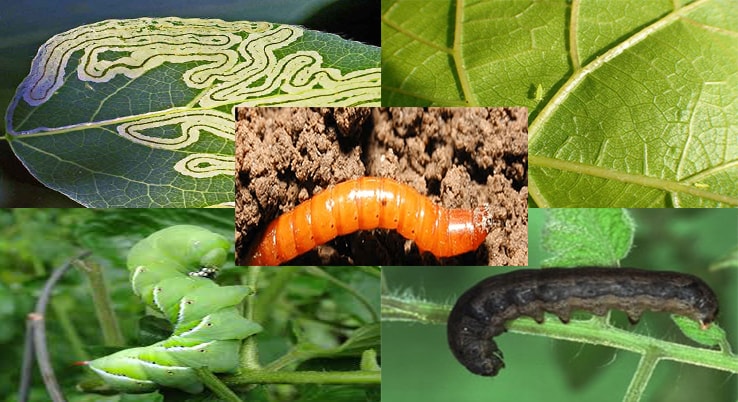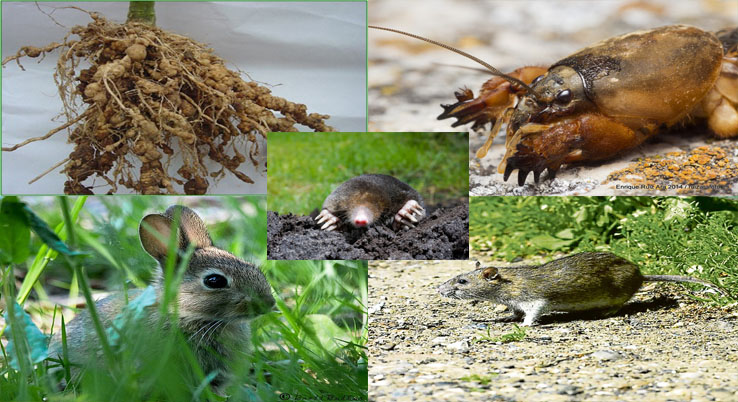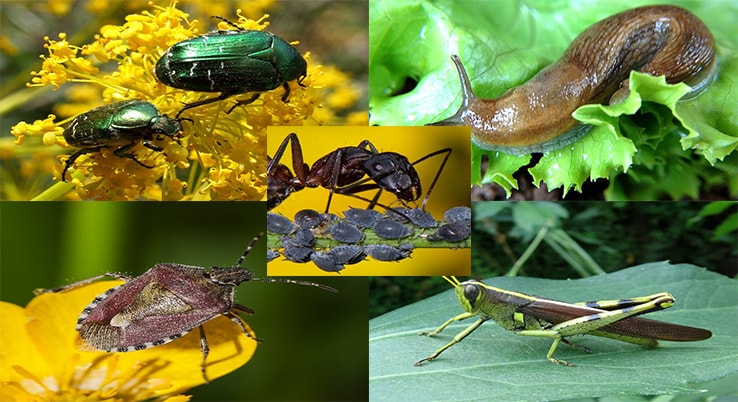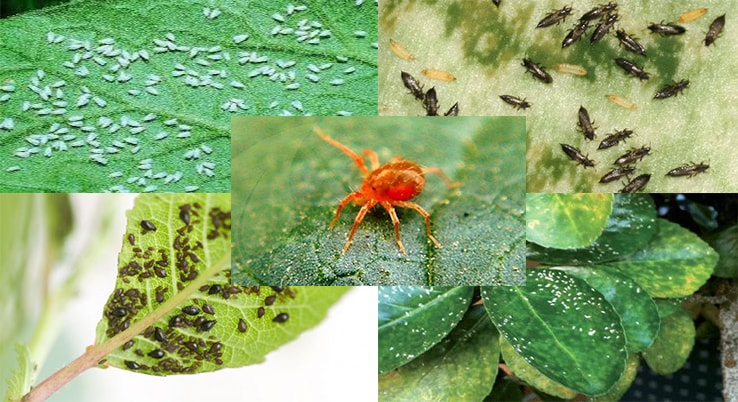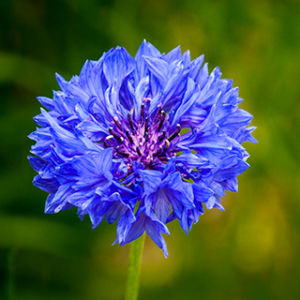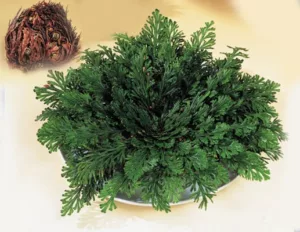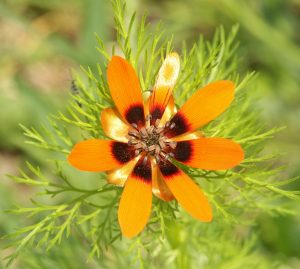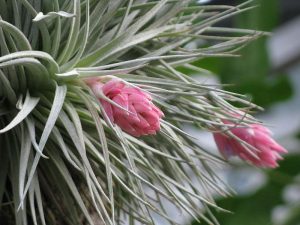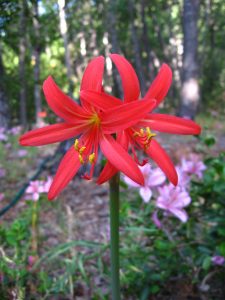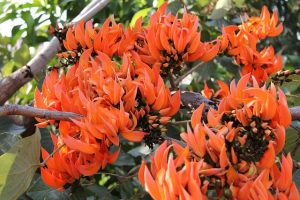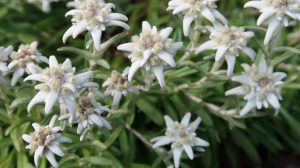Types of pests: butterfly caterpillars, black donut, soil worms, leafminers and green midge
Hello friends, today we will continue to characterize some types of pests that affect our plants and looking for the best way to eradicate them in time, before they cause damage to our garden. The types of pests to which I will dedicate this article are those of the second column.
Types of pests

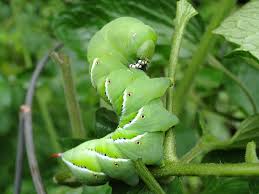
6. Butterfly caterpillars
There are many types of caterpillars that feed on the leaves of almost all plant varieties, reducing their ability to grow and develop. Generally they attack in groups and form communities. When many larvae attack at night, we almost never notice their arrival.
As soon as you detect them you must trap them and get rid of them with your hands, and if there are many, apply some insecticide.
In organic farming Bacillus thuringiensis (a bacterium) is used, which has a protective role, since it is able to parasitize and eliminate the caterpillars. Another way to eradicate them is by preparing a mixture of water and dish soap in a sprayer. Lightly sprinkle the plants affected by caterpillars with the mixture and the soap will remove the caterpillars without damaging your plants. As we have seen this technique is used to combat several types of pests.
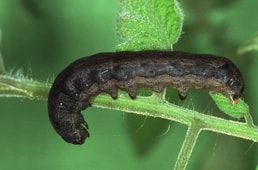
7. Black donut (Spodoptera littoralis)
It is a caterpillar that feed by gnawing the neck and lower leaves. During the day they remain hidden and curled in the ground, for that reason the name of rosquillas, and at night they are activated. It is fought with a product based on pyrethrins, such as Baytroid, applied at sunset. The treatments must be repeated every 10 or 15 days. To eradicate them with Agroecological products, use the Cotesia marginiventris.
8. Soil worms
There are three fundamental types of worms that attack plants, they are White Worms (Anoxia villosa, Melolontha melolontha), Wire Worms (Agriotes lineatus), and Gray Worms (Agrotis segetum, Noctua pronuba).
The larvae of white worms and wire worms live in the soil and eat the roots of a large number of ornamental species (polyphagous plague); They also gnaw tubers and bulbs. The leaves turn yellow and wither. With a knife, search the earth and examine the roots.
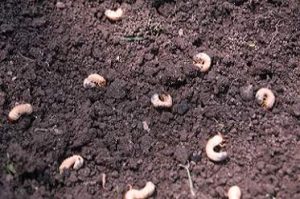
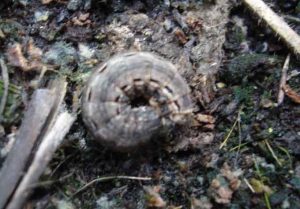

Gray worms gnaw the necks of the seedlings (the base of the stems) and dry them. They eat at night and during the day they remain buried in the ground. To combat these worms you can use the same insecticides as for the black donuts.
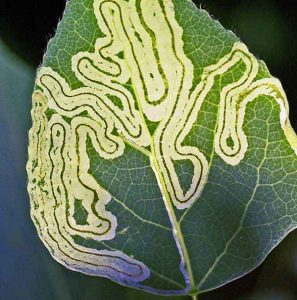
9. Miners or submarine (Lyriomiza trifolii and Lyriomiza bryoniae)
The miners are insect larvae that live inside the leaves, between the beam and the underside specifically. That is why it is very complicated to fight them, since no organic product applied in a foliar way is able to reach that area.
They can also be both micro lepidoptera (small butterflies), and micro diptera (small flies). The larvae of this dipteran originate sinuous galleries in the leaves. In the light you can see the larva inside.
To combat it you can use systemic insecticides such as Dipterex, Sumithion, Lannate, etc. Another very effective method is to apply Neem Oil by watering, with a dose of 3 to 5 ml per liter depending on the severity of the pest. In addition, the neem oil will remain in the plant for approximately 3 weeks. In this way you prevent any sucking insect from feeding on it. You can also use Bacillus thuringiensis, the bacteria that feeds on caterpillars.
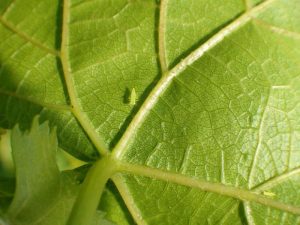
10. Green midge (Empoasca lybica)
They are small jumping greenish insects. These insects suck the sap from the conductive vessels (phloem) in the main nerves, which make the leaves yellow, a discoloration similar to that of Mites. This can cause premature defoliation and a loss of vigor in the growth of the plant. The products used against Aphids are used for the Green midge.
Today we learned a little more about the pests that may be affecting our plants, I hope that with the recommended agroecological remedies can eradicate them quickly, so that they stay healthy and can bloom, giving us those flowers that we will always carry in our hearts. ?
Remember to like and share on your social networks if you liked this article. Leave us your comments here.
![]()
Source of information: www.infojardin.com
Share this content:
